To shoot effectively in ice hockey, start by mastering the basic wrist shot, focusing on controlling the puck and releasing it with both accuracy and power. Progress to the snap shot, a technique that involves a quick release by snapping the puck off the blade of your stick, emphasizing both power and precision.
For more dynamic play, practice shooting in stride; while skating, keep the puck and your hands away from your body, dig your stick into the ice for added power, and use the defenseman as a screen in 1-on-1 situations.
Additionally, work on shooting off the pass—aim to shoot immediately after receiving a pass to minimize the time the defense or goalie has to set up, and practice jumping to open spaces to create more shooting opportunities.
Maintaining control of the puck on your stick’s blade is paramount when it comes to passing in ice hockey. Before executing a pass, ensure that you have solid puck control. Focus on the puck release, aiming to send it smoothly and accurately toward your intended target.
Experiment with various passing techniques, such as saucer passes and backhand passes, to diversify your skillset. Moreover, the follow-through is a critical component of a successful pass; follow through with your stick after making a pass to maintain accuracy and power. Regularly practicing these techniques will elevate your passing game to the next level.
Hockey Basics
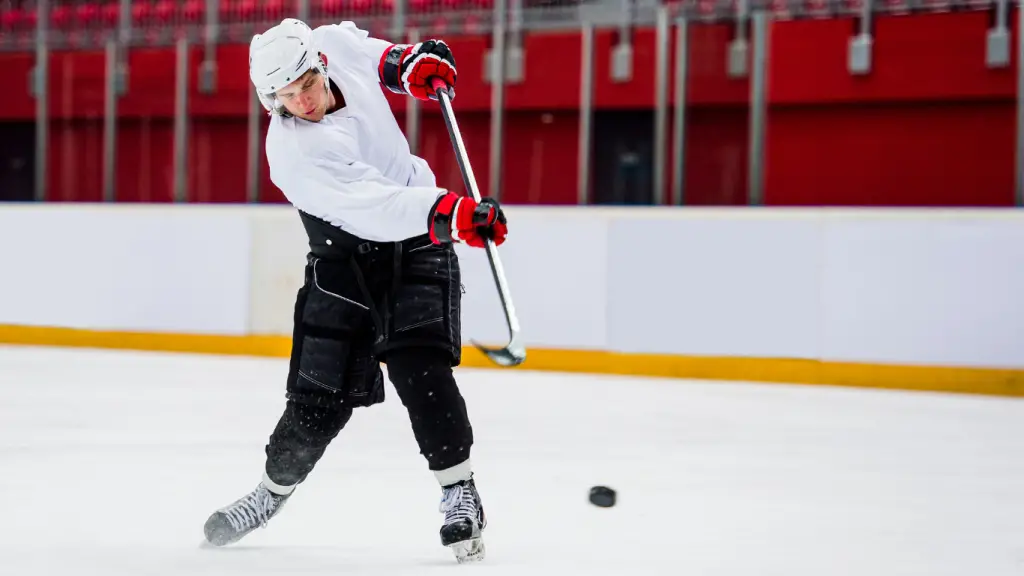
Ice Hockey Equipment
Before you can start playing ice hockey, it’s important to understand the equipment you’ll need. Here are the basics:
- Skates: These are specially designed boots with blades that allow you to move on the ice.
- Helmet: A helmet is essential for protecting your head from injury.
- Pads: Pads protect various parts of your body from impacts, including your shoulders, elbows, knees, and shins.
- Stick: You’ll need a stick to shoot and pass the puck.
- Gloves: Gloves protect your hands and allow you to grip the stick.
- Jersey: Your team’s jersey helps identify you on the ice.
Ice Hockey Positions
Ice hockey has six positions: three forwards, two defensemen, and a goaltender. Here’s a brief overview of each position:
- Forwards: These players are responsible for scoring goals and creating offensive opportunities.
- Defensemen: These players focus on preventing the other team from scoring and moving the puck up the ice.
- Goaltender: The goaltender is the last line of defense and is responsible for stopping the puck from going into the net.
Understanding the Rink
The ice hockey rink is divided into three zones: the offensive zone, the defensive zone, and the neutral zone. Here’s what you need to know about each zone:
- Offensive zone: This is the area on the ice where the opposing team’s net is located. Teams try to score goals in this zone.
- Defensive zone: This is the area on the ice where your own team’s net is located. Teams try to prevent the other team from scoring in this zone.
- Neutral zone: This is the area between the offensive and defensive zones. Teams try to move the puck through this zone to create scoring opportunities.
That’s a basic overview of ice hockey equipment, positions, and the rink. With this knowledge, you’ll be ready to start learning the skills necessary to shoot and pass the puck effectively.
Mastering Shooting Techniques
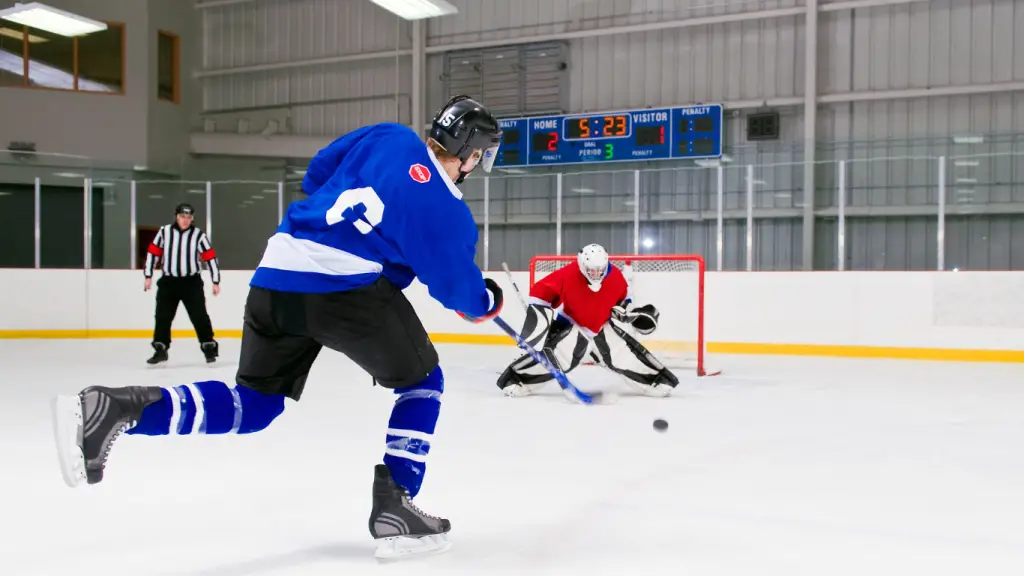
Wrist Shot Technique
The wrist shot is one of the most common shots in ice hockey. It is a quick and accurate shot that can be used in a variety of situations. To master the wrist shot technique, follow these steps:
- Hold the stick with your top hand near the top of the stick and your bottom hand near the middle of the stick.
- Cradle the puck with the blade of your stick.
- Pull the puck back towards your back foot.
- Shift your weight onto your front foot and transfer your weight to your back foot as you shoot.
- Snap your wrist forward and release the puck towards your target.
Slap Shot Technique
The slap shot is a powerful shot that can be used to shoot from long distances. To master the slap shot technique, follow these steps:
- Hold the stick with your top hand near the top of the stick and your bottom hand near the bottom of the stick.
- Wind up by bringing your stick back behind your body.
- Shift your weight onto your back foot and transfer your weight to your front foot as you shoot.
- Strike the ice a few inches behind the puck and follow through towards your target.
- Release the puck with a flick of your wrist.
Snap Shot Technique
The snap shot is a quick release shot that can be used to surprise the goalie. To master the snap shot technique, follow these steps:
- Hold the stick with your top hand near the top of the stick and your bottom hand near the middle of the stick.
- Cradle the puck with the blade of your stick.
- Shift your weight onto your front foot and transfer your weight to your back foot as you shoot.
- Snap your wrist forward and release the puck towards your target.
- Follow through towards your target.
Backhand Shot Technique
The backhand shot is a difficult shot that can be used to surprise the goalie. To master the backhand shot technique, follow these steps:
- Hold the stick with your top hand near the top of the stick and your bottom hand near the bottom of the stick.
- Cradle the puck with the backhand side of your stick.
- Shift your weight onto your back foot and transfer your weight to your front foot as you shoot.
- Snap your wrist forward and release the puck towards your target.
- Follow through towards your target.
One-Timer Shot Technique
The one-timer shot is a quick shot that can be used to shoot the puck without stopping it first. To master the one-timer shot technique, follow these steps:
- Get prepared for the pass by positioning yourself in front of the net.
- Adjust your position to be in line with the puck.
- Cradle the puck with the blade of your stick.
- Shift your weight onto your back foot and transfer your weight to your front foot as you shoot.
- Strike the puck with the blade of your stick and follow through towards your target.
By practicing these shooting techniques and drills, you can improve your shooting skills and become a better ice hockey player. Some of the NHL’s best players, such as Auston Matthews and Sidney Crosby, have mastered these techniques and use them in every NHL game. Remember to focus on power, direction, and accuracy when shooting, and use the proper mechanics to get the most out of your shot.
Perfecting Passing Skills in Hockey
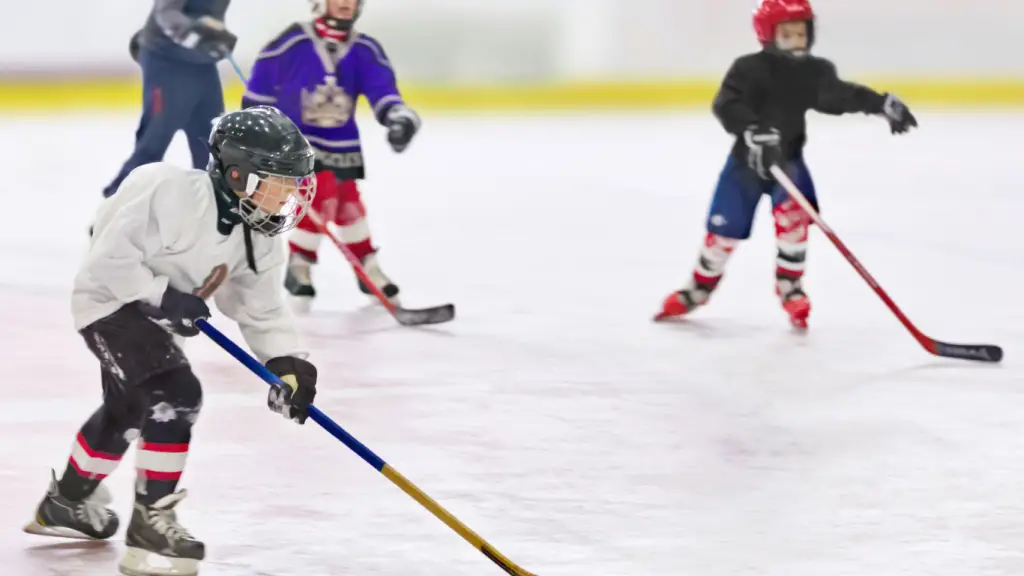
Forehand Pass
The forehand pass is the most common pass in ice hockey. It’s a simple pass that’s easy to execute, but it requires accuracy and speed to be effective. To perform a forehand pass, follow these steps:
- Hold the stick with both hands, about shoulder-width apart.
- Look at your teammate and aim the puck at their stick blade.
- Shift your weight to your back foot and swing the stick forward.
- Follow through with your arms and wrists to add accuracy and power to the pass.
Backhand Pass
The backhand pass is a useful skill to have in your arsenal. It’s a pass that’s often used when you’re under pressure or when you need to make a quick pass. To perform a backhand pass, follow these steps:
- Hold the stick with your top hand near the top of the shaft and your bottom hand near the blade.
- Look at your teammate and aim the puck at their stick blade.
- Shift your weight to your back foot and swing the stick forward.
- Follow through with your arms and wrists to add accuracy and power to the pass.
Saucer Pass
The saucer pass is a pass that’s used to get the puck over an opponent’s stick. It’s a difficult pass to execute, but it can be very effective when used correctly. To perform a saucer pass, follow these steps:
- Hold the stick with both hands, about shoulder-width apart.
- Look at your teammate and aim the puck at their stick blade.
- Shift your weight to your back foot and lift the puck off the ice.
- Use a flicking motion with your wrists to send the puck through the air.
- Follow through with your arms and wrists to add accuracy and power to the pass.
Drop Pass
The drop pass is a pass that’s used to create space and move the puck up the ice. It’s a pass that’s often used in transition situations. To perform a drop pass, follow these steps:
- Skate toward your teammate and look at them to make eye contact.
- Drop the puck behind you while continuing to skate forward.
- Your teammate should skate onto the puck and continue up the ice.
Passing is a fundamental skill in ice hockey. It’s essential to be able to pass accurately and quickly to your teammates. By practicing these different types of passes, you’ll be able to improve your passing skills and become a more effective player on the ice.
What are Hockey Penalties?
Interference
Interference is a penalty that occurs when a player interferes with the movement of an opponent who does not have the puck. This can be done by impeding the player’s progress, checking them, or even standing in their way. Interference is a minor penalty and results in the offending player serving two minutes in the penalty box.
Elbowing
Elbowing is a penalty that occurs when a player uses their elbow to make contact with an opponent. This is a dangerous play and can result in serious injury. Elbowing is a minor penalty and results in the offending player serving two minutes in the penalty box.
Roughing
Roughing is a penalty that occurs when a player uses excessive force in a non-checking situation. This can include punching, shoving, or pushing an opponent. Roughing is a minor penalty and results in the offending player serving two minutes in the penalty box.
Slashing
Slashing is a penalty that occurs when a player swings their stick at an opponent with excessive force. This can result in injury and is a dangerous play. Slashing is a minor penalty and results in the offending player serving two minutes in the penalty box.
Spearing
Spearing is a penalty that occurs when a player uses the blade of their stick to jab an opponent. This is a dangerous play and can result in serious injury. Spearing is a major penalty and results in the offending player serving five minutes in the penalty box.
Tripping
Tripping is a penalty that occurs when a player uses their stick, body, or foot to trip an opponent. This can be a dangerous play and can result in injury. Tripping is a minor penalty and results in the offending player serving two minutes in the penalty box.
It is important to note that there are other penalties in ice hockey, such as hooking and high-sticking. However, the penalties listed above are some of the most common penalties that players receive. When a penalty is called, the offending player must immediately skate to the penalty box and serve their time. The referee will signal the penalty by raising their arm and blowing their whistle.
Defensive Strategies in Ice Hockey
Defensive Positioning
In ice hockey, defensive positioning is crucial to prevent the opposing team from scoring. The defending team should maintain a strong defensive formation, which includes a combination of man-to-man and zone coverage. Defensemen are responsible for guarding the area around the net, while forwards should cover the opposing team’s offensive players.
Goaltender Role
The goaltender is the last line of defense and plays a critical role in preventing the opposing team from scoring. The goaltender must be aware of the location of the puck and be ready to make quick movements to block shots. They should also communicate with their defensemen to ensure proper coverage.
Defending Against Shots and Passes
To defend against shots, defensemen must position themselves between the shooter and the goaltender, and use their bodies to block the shot. Redirecting the puck to the corner of the net can also be an effective strategy. Defending against passes involves anticipating the pass and intercepting it, or disrupting the play by pressuring the puck carrier.
Overall, effective defensive strategies in ice hockey require a combination of strong defensive positioning, a skilled goaltender, and a cohesive team effort.
Offensive Strategies in Ice Hockey
Offensive Positioning
Offensive positioning is crucial in creating scoring opportunities. The center and wings work together to move the puck up the ice and maintain possession. The center typically stays in the middle of the ice, while the wings move up and down the boards. It’s important for the offensive players to stay spread out to create passing lanes and force the defense to cover more ground.
Creating Scoring Opportunities
To create scoring opportunities, the offense needs to be aggressive and take advantage of rebounds and momentum. Rebounds occur when the goalie saves a shot but leaves the puck in play. The offense should be ready to pounce on the rebound and shoot the puck into the net. Momentum can be created by winning faceoffs, making crisp passes, and executing one-timers.
Executing Offensive Plays
Executing offensive plays requires teamwork and communication. The offense should have set plays for different situations, such as power plays or breakaways. The players need to communicate with each other to ensure everyone knows their role and where they should be on the ice. Follow-through is also important when shooting or passing. The player should continue their motion after releasing the puck to ensure accuracy and power.
| Offense | Center | Wings | Rebound | Momentum | One Timer | Follow-Through | Ball | Basketball |
|---|---|---|---|---|---|---|---|---|
| ✓ | ✓ | ✓ | ✓ | ✓ | ✓ | ✓ |
Frequently Asked Questions
What are some effective hockey shooting drills?
There are many effective hockey shooting drills that can help you improve your shooting accuracy and speed. One common drill is the “five-shot drill,” where you shoot five pucks at five different targets on the net. Another drill is the “one-timer drill,” where you practice one-timer shots from different angles and positions on the ice. The “quick-release drill” is another great drill where you practice shooting quickly and accurately.
What are some tips for passing in ice hockey?
Passing is a crucial skill in ice hockey. Some tips for passing include keeping your head up to see your teammates, using your body to protect the puck, and passing with both forehand and backhand. It’s also important to practice passing with different speeds and distances to improve your accuracy and timing.
What are some off-ice shooting drills for hockey?
Off-ice shooting drills can help you improve your shooting technique and strength. One popular drill is the “stickhandling and shooting” drill, where you practice stickhandling around obstacles and then shooting at a target. Another drill is the “wrist shot challenge,” where you try to hit a target with a certain number of wrist shots in a row.
What are some essential hockey training drills?
Hockey training drills can help you improve your skating, strength, and endurance. Some essential drills include skating drills like crossovers and edge work, strength drills like lunges and squats, and endurance drills like interval training and sprints.
What is the push shot in ice hockey?
The push shot is a type of shot in ice hockey where you push the puck with the blade of your stick instead of shooting it. This type of shot can be effective in close-range situations or when you need to quickly change the direction of the puck.
Where are the best places to shoot to score in ice hockey?
The best places to shoot to score in ice hockey are the top corners of the net and the “five-hole” between the goalie’s legs. It’s also important to shoot quickly and accurately to catch the goalie off-guard.
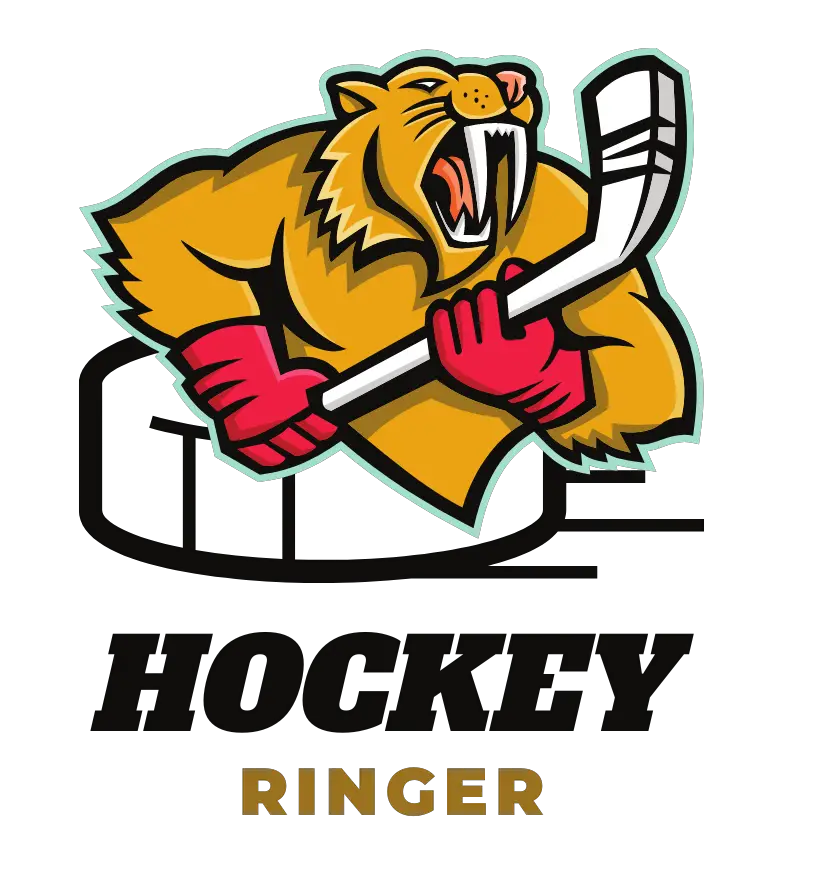
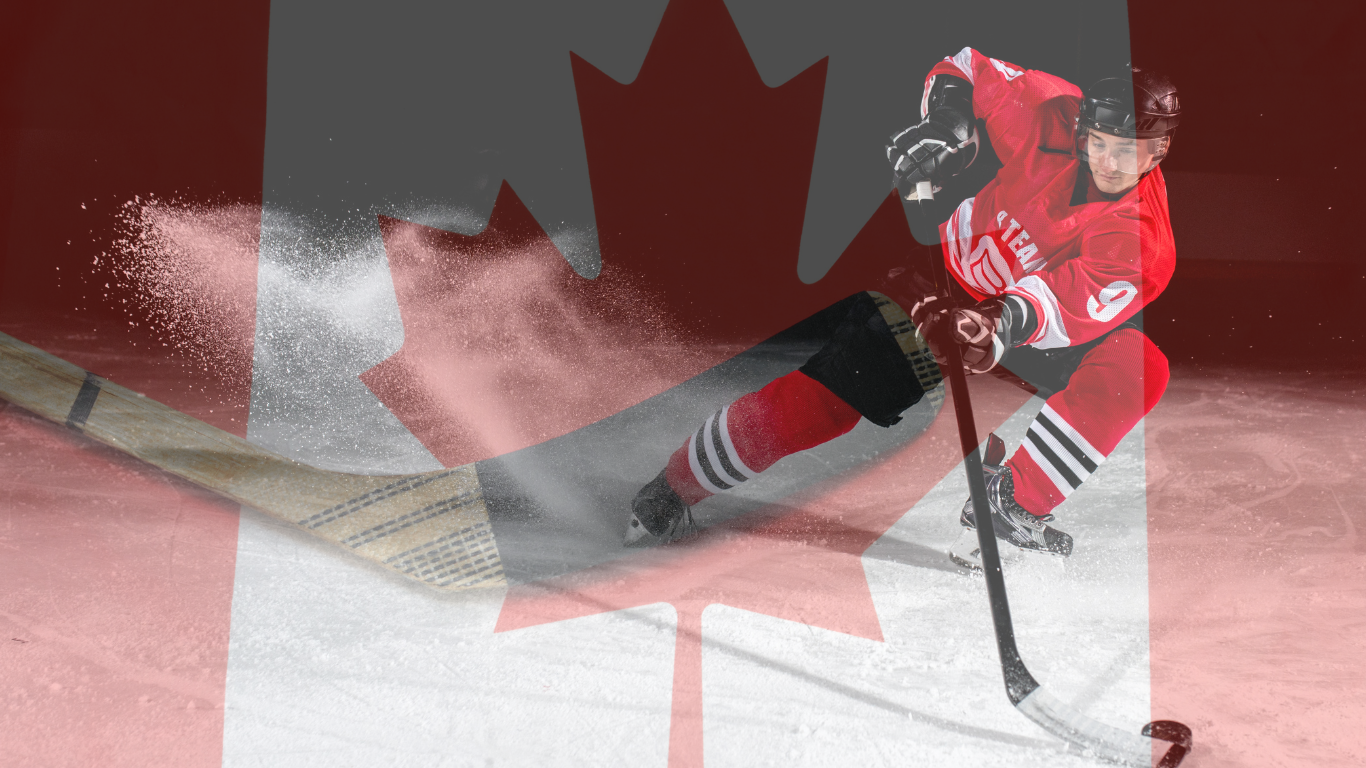

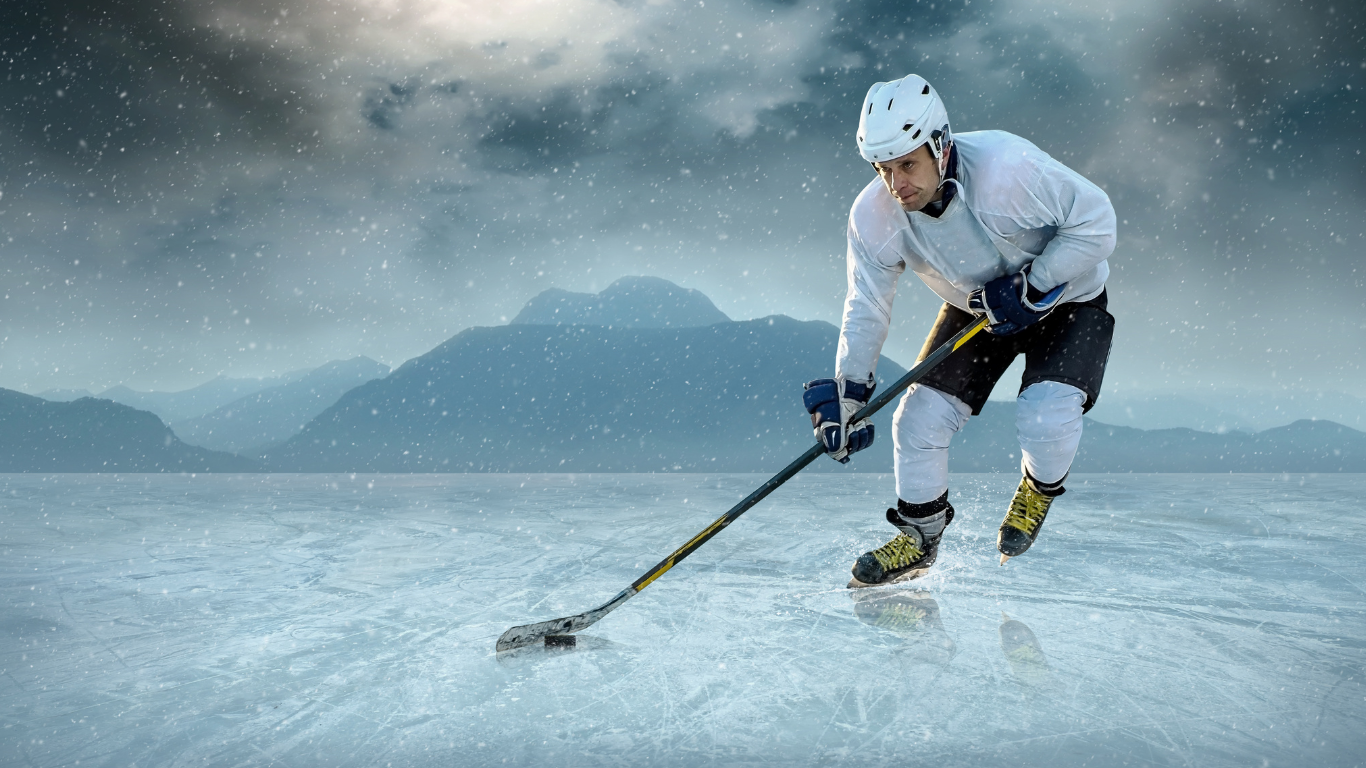

Leave a Reply